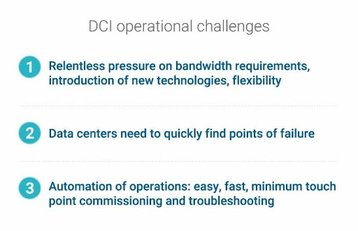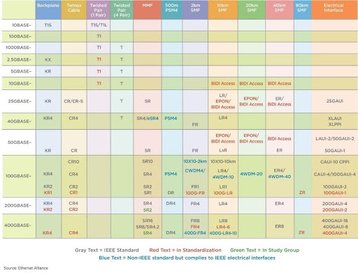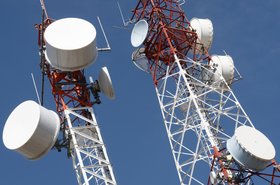Welcome to the first of a two-part series of articles that will explore the data center world, DCI (data center interconnect) optics including the newest emerging pluggable transceivers, as well as best practices when commissioning DCI links. Let’s start by taking a look at data center traffic types and the operational challenges faced by data centers.
DCI operational challenges
The current Covid-19 pandemic has caused an unprecedented shift in the way we live our daily lives. With unprecedented speed and relative ease of adoption, we have allowed technology to infiltrate almost every aspect of our lives—even more than it did already. Consequently, this shift in consumption habits has helped fuel an increased growth in data center traffic.
There are three major categories of traffic that flow through a data center: traffic inside a data center, traffic flowing from data center to data center (known as data center interconnects or DCIs) and data center to user traffic. Traffic between data centers (DCI traffic) is growing faster than the other categories of traffic. This rapid growth is fueled by the increase in content distribution networks, the proliferation of cloud services and the need to move data between clouds and to the edge. There's an ever-growing volume of data that must be replicated across different data centers which puts pressure on DCI networks to be flexible, resilient and adapt quickly to changing bandwidth demands. All this growth puts increasing pressure on DCIs and results in operational challenges.
Throughout our experience with web scale and data center customers, we have seen that some of those customers’ most important challenges originate from the operational side (see Figure 1). Indeed, the biggest challenge facing data center operators today is the constant pressure to increase the capacity of their networks and support their extensive infrastructure. To achieve this, data center operators need to deploy flexible solutions within their environments, ones that will allow them to adapt their capacity quickly, in step with growing bandwidth requirements.
Optics are evolving
The next major challenge data centers face is dealing with the constantly evolving technology around pluggable optics and active optical cables (AOC). Transceiver manufacturers are continuously innovating their designs to meet the specific requirements of data center operators—requirements that are different from those of telecoms service operators. This innovative environment has resulted in a very wide offering of pluggable optics that continues to grow regularly and at an increasingly fast pace.
Figure 2, from the Ethernet Alliance, lists the emerging interfaces available for data centers. This table lists interfaces (in red or green font) that are in the standardization or study group phase. For long reach DCI, core, coherent ZR pluggables are the latest technology advancements of particular interest to web scales as they promise a very good cost-to-reach ratio. They will be available in QSFP DD and OSFP form factors.
Challenge two for data center operators is being able to quickly locate and repair any failures. With so many pluggable transceivers deployed throughout the data center, it is important to quickly rule out if any of these devices are contributing factors to failures in the network.
The third challenge faced by data center operators resides in automating network operations. Web scales and data center operators want and need an operation model that requires minimum human intervention. Operational tasks like commissioning and troubleshooting need to be very easy, very fast, require minimum touchpoints and, ideally, be done remotely without requiring onsite visits.
Challenges around transceiver validation
Based on data collected by EXFO, more than 25 percent of the transceivers that data centers receive from manufacturers are found to be defective or not up to performance standards. If not flagged, these defective transceivers will wind up ultimately contributing to network failures and other issues. So not only is transceiver validation a significant challenge for data center operators during deployment but it also important to quickly troubleshoot failures to reduce downtime.
Data center operators face three main challenges when validating transceivers: lack of standardized testing methodology, uncertainty of root cause of failures, and issues related to temperature and power consumption (see Figure 3). That said, the ability to validate optical transceivers quickly and easily with minimal configuration is very important, especially considering that data center customers are often surprised by the sheer volume of transceivers that fail. Additionally, our data center customers report that most of these failures (i.e., 75 percent) occur before the network is put into service, typically during the installation or activation phases of projects.
To overcome these obstacles, data center operators are asking for pluggable solutions that are more compact, more power efficient and that have improved cost-to-reach ratios. These solutions are needed across every segment of the network including within DCI links on the transport side. For more information on this issue, please read the EXFO application note Validating optics from 100M to 400G.
In conclusion, it's definitely a challenge for the entire technology ecosystem—including the data center—to support and develop around all these new and emerging technologies. Next month, in part two of our series, we’ll take a closer look at emerging interfaces and best-practice testing solutions for data center interconnects








